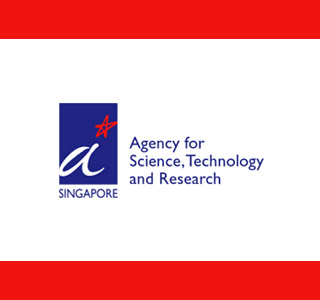
The scientists reveal to have created what they claim to be the first human cell model of progeria in the world. The latter is known to be a disease that results in early premature ageing in approximately four to eight million children across the world. With this model in hand, scientists hope to unearth newer findings about the mechanism used by progeria. For the uninitiated, progeria is known to be caused by a mutation in a particular gene that encodes for the protein lamin A.
A truncated form of lamin A known as progerin is resulted due to the mutation. Consequently, this can lead to the mis-shapening of the cell nuclei and hence cause DNA damage. Most children suffering from progeria show symptoms of premature ageing such as baldness, growth retardation and atherosclerosis. These new findings were led by IMB’s Profs Alan Colman and Colin Stewart who employed a new technique of obtaining induced iPS cells from the human progeria patients’ cells.
What makes this human model distinct is that it enables the team to track down and analyze the unique attributes of progeria as it advances in humans which was earlier possible only with mouse models.
Prof Colman, shares “While mouse models of progeria have been informative, no one mouse model recapitulates all the symptoms seen in humans. Our human progeria model allows us to examine the pathology of the disease at a much closer resolution than previously possible.â€
He adds, “This new study provides further evidence for the role of lamin processing in connective tissue function, as well as insights into the normal ageing process. We hope to soon find new routes of intervention to treat this incurable disease. Such interventions may be of use in treating atherosclerosis in general, a condition afflicting many millions of individuals.â€
Thei iPS cells helped the scientists to recognize two kinds of cells namely mesenchymal stem cells (MSCs) and vascular smooth muscle cells (VSMCs). These were the types that were largely affected by progeria. What this translates to is a patient with progeria would generally show lesser MSCs and VSMCs in comparison to other children. In a low oxygen environment, it has been observed that MSCs were very sensitive. Losing them could the arrest the process of various tissue types’ renewal which is obtained from them. This in turn could exacerbate the person’s ageing symptoms. It could be a similar effect on VSMCs which could be why the figures were down in the young patients’ heart vessels.
The Cell Stem Cell journal features this finding.
